Still, there is no denying the cosmos, and regardless of what is happening outside our doors, the plane of the earth’s equator is passing the centre of the sun, and the tilt of the the earth’s axis is inclined neither away from nor towards it. The sun will rise and set due East and West and the days and nights are of nearly equal length before beginning their climb to the summer solstice. It’s a significant event and I take comfort in that amidst the ice and snow.
Another event, worthy of celebration, is happening today. It’s the launch of The Rhizome: A Permaculture Journal for Ontario & Québec. I’m so excited to have a journal that documents and highlights Canadian permaculture. The inaugural issue is jam-packed with articles, reviews and news that will inspire, invigorate and excite!
So if the weather where you are still has you in hibernation mood, curl up with the journal and take heart my friends. Have faith in the sun, spring is come.
Below is the article I contributed to the journal.
Winter Reflections in the Wild Garden
On this visit, I notice deer tracks and the prints of much smaller creatures, various rodents who bound atop the blanket before diving for cover. I also take notice of where the sun is in the sky and the shadows it casts across the expanse. I look at the line of trees bordering the east side of my plot. It is a mix of conifers and deciduous species, with shrubby meadow willow at the leading edge. The plot itself appears deceptively flat with its white blanket, but I close my eyes and see the slight slope of the land, the dips and the low spots.
I remember when the willows bloomed in the spring and understood then that the sodden soil condition at the time was likely going to be the rule more so than the exception. The nature of this particular patch of earth is to be wet a significant portion of the year. Conventional, well-meaning advice has been to rip out the willows and drain the excess water with ditches.
“Observe and Interact: By taking the time to engage with nature we can design solutions that suit our particular situation.”
Digging and ditching seems wasteful, invasive and destructive to me and frankly like a lot of work! Instead I’ve been observing and brainstorming more balanced and integrated approaches that will work with the conditions I’m presented with, rather than against them.
“Use edges & value the marginal: The interface between things is where the most interesting events take place. These are often the most valuable, diverse and productive elements in the system.”
“Use and value diversity: Diversity reduces vulnerability to a variety of threats and takes advantage of the unique nature of the environment in which it resides.”
This especially wet part of the garden is at the edge of a thin strip of trees: tall conifers giving way to pioneering poplar saplings, ninebark, dogwood and the meadow willow. The woodland strip provides morning shade, wildlife habitat, microclimates and wind breaks. Since my goal is to increase biodiversity, not decease it, I want to enhance this area, support it and nurture it.
“Use and value renewable resources and services: Make the best use of nature’s abundance to reduce our consumptive behaviour and dependence on non-renewable resources.”
“Produce no waste: By valuing and making use of all the resources that are available to us, nothing goes to waste.”
“Integrate rather than segregate: By putting the right things in the right place, relationships develop between them and they support each other.”
“Catch and store energy: By developing systems that collect resources when they are abundant, we can use them in times of need.”
Ditching and tile draining are common techniques to drain wet fields in agriculture. In permaculture, alternatives include swales, French drains and pond installations, which all work toward slowing, spreading and sinking water into a system. Large hugelkultur beds can absorb and hold large amounts of water as well.
When I contemplate the section of the garden that held standing water until well into July last year, an image keeps returning to my mind. In this space I see a small grove of alders. Another weed tree to some, it is an excellent nitrogen-fixer and beneficial medicinal plant that loves to have its feet wet and can easily be coppiced.
I wonder if the addition of water-loving alders and tending to the willows might manage some of the excess moisture through hydraulic redistribution and by serving as bioirrigating nurse plants?
I open my eyes and the willows and alders of my imagination disappear, to be replaced once more by the blanket of snow. The sun has dipped below the horizon, the sky rapidly darkens from dusky pink and mauve to deep blue. I pause my ruminations for the moment, satisfied that I have the seed of an idea, a possible design element in my mind that I can play and experiment with as I tend my Wild Garden through the seasons.
Resources:
http://permacultureprinciples.com/
http://www.ct.gov/caes/lib/caes/documents/biographies/white/26.pdf
Image source

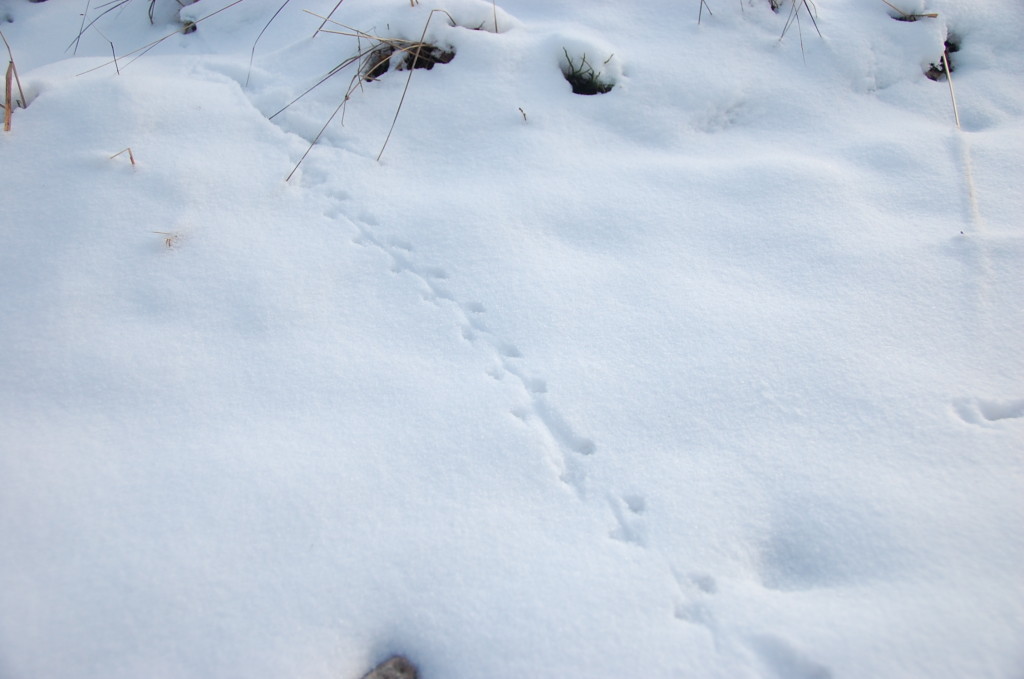
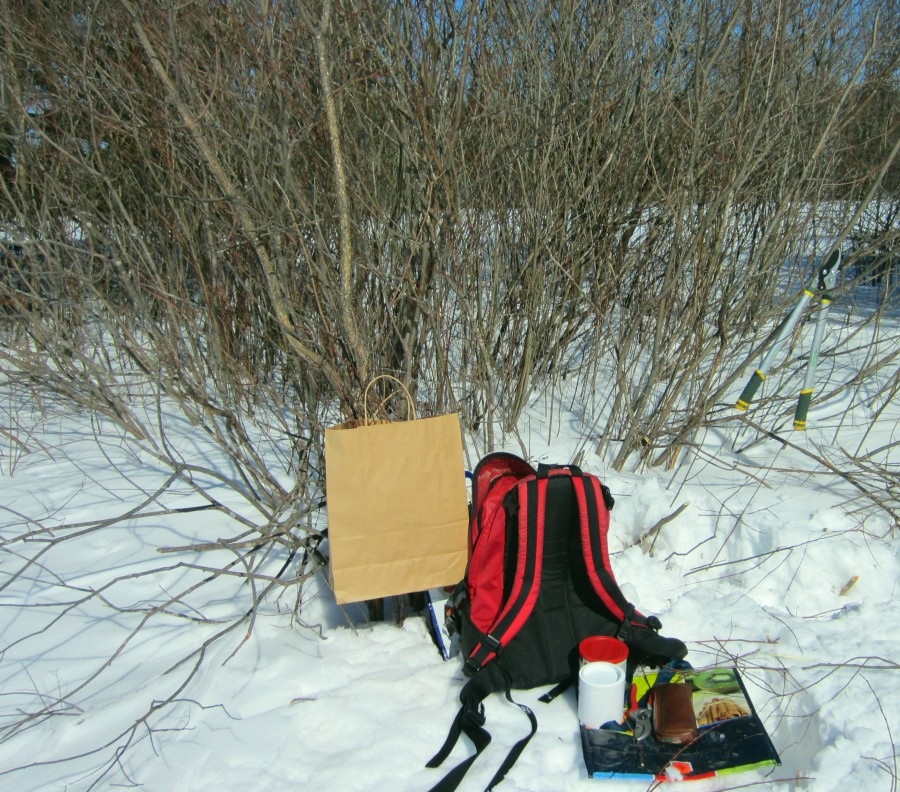
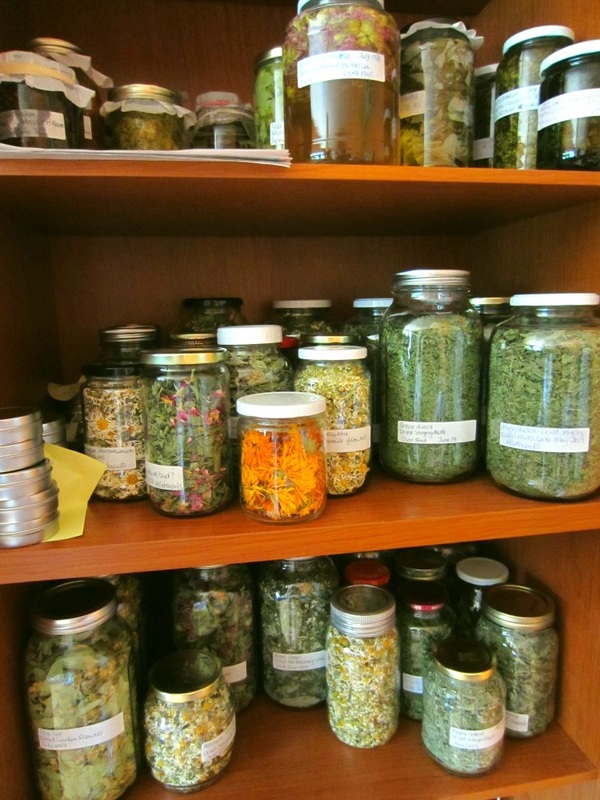
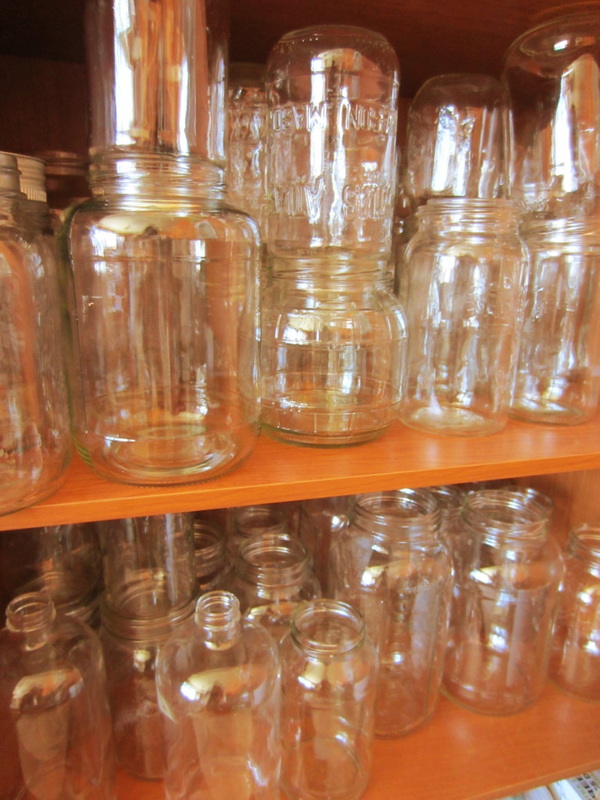
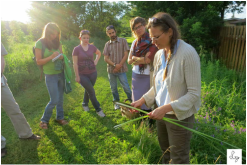
 RSS Feed
RSS Feed